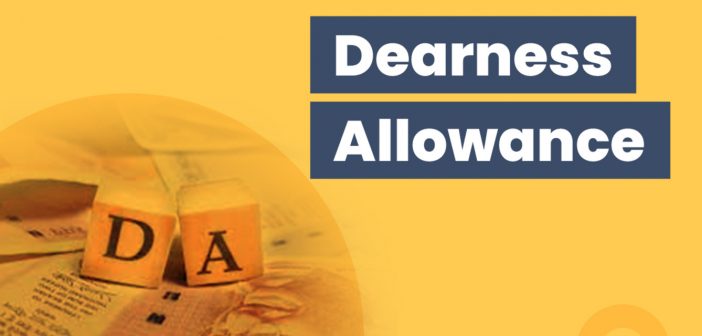The recent hike in Dearness Allowance (DA) for central government employees in India has reignited the debate about merging this allowance with their basic salary. With the DA reaching 50% of the basic pay in January 2024, a historical precedent set by the 5th Pay Commission has come back into focus. This report delves into the reasons behind the speculation, explores the potential benefits and drawbacks of such a merger, and analyzes the possible impact on both employees and the national economy.
Historical Context: The 5th Pay Commission and the DA Merger
In 2004, the Indian government implemented the recommendations of the 5th Central Pay Commission (CPC). This included a significant increase in the DA for central government employees, which subsequently reached 50% of their basic salary. As a part of its recommendations, the 5th CPC advocated for merging this inflated DA with the basic pay. This merger aimed to provide a more transparent and stable structure for employee compensation. It also ensured that benefits like pension and retirement gratuity would be calculated based on the higher basic pay, leading to a long-term financial advantage for employees.
The 7th Pay Commission and the Current Scenario
The 7th CPC, implemented in 2016, brought about another substantial revision in salaries for central government employees. However, unlike the 5th CPC, the 7th Commission did not recommend merging the DA with the basic pay, even if it reached 50%. This has left the decision entirely up to the government’s discretion.
The January 2024 DA Hike and the Speculation
The recent 4% hike in DA for central government employees pushed the total DA to a significant milestone – 50% of the basic salary. This triggered speculation about a potential merger, mirroring the events of 2004. Employee unions and some economic experts have voiced their support for the merger, citing the historical precedent and the potential benefits for employees.
Potential Benefits of Merging DA with Basic Pay
-
Increased Take-Home Pay: Merging the DA with the basic salary would result in a permanent increase in the base pay for employees. This would directly translate to a higher take-home salary, improving their overall financial standing.
-
Enhanced Long-Term Benefits: Benefits like pension and retirement gratuity are calculated based on the basic pay. A higher base salary would lead to a significant increase in these benefits, providing greater financial security for employees after retirement.
-
Transparency and Predictability: Merging DA into the basic pay would simplify the salary structure. Employees would have a clearer picture of their overall compensation, making it easier to plan for the future.
-
Boost in Morale and Productivity: Feeling valued through a tangible increase in salary can significantly boost employee morale. This could translate to increased productivity and improved service delivery within the government sector.
Potential Drawbacks and Considerations
-
Fiscal Burden: Implementing a large-scale salary increase for central government employees can put a strain on the national budget. The government would need to carefully assess its financial resources and potential long-term implications before such a move.
-
Impact on Inflation: A significant salary increase has the potential to trigger a ripple effect, leading to inflation across the economy. The government would need to take measures to mitigate this risk and maintain price stability.
-
Inter-State Parity Demands: A revision for central government employees could lead to demands from state government employees for similar raises, further increasing the overall financial burden on the government.
-
Impact on Private Sector: A significant increase in government salaries could put pressure on private companies to match wages, potentially impacting their profit margins and competitiveness. This could also widen the pay gap between public and private sector jobs.
Estimated Cost and Fiscal Implications
Calculating the exact cost of merging DA with basic pay is difficult. However, a rough estimate can be made based on the number of central government employees (around 48 lakh) and the current DA amount. Assuming a 50% DA on a hypothetical base salary of Rs. 50,000, merging the allowance would translate to a permanent increase of Rs. 25,000 per employee in their basic pay. This translates to an annual cost of approximately Rs. 12,000 crore for the government. It’s important to note that this is a conservative estimate, and the actual cost could be higher depending on the pay scales and additional benefits impacted by the merger.
Balanced Approach
The decision to merge DA with basic pay is a complex one with both potential benefits and drawbacks. A balanced approach that considers employee well-being, fiscal responsibility, and potential economic ramifications is crucial. Open discussions between the government, employee unions, and economic experts are necessary to navigate this path effectively




